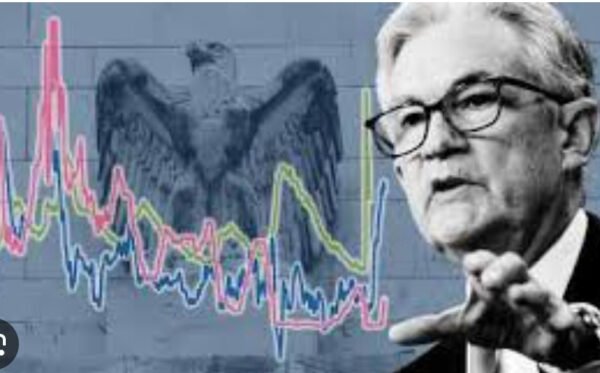$EURUSD
#EuroZone #Inflation #ECB #InterestRates #Euro #MonetaryPolicy #Economy #FinancialMarkets #CentralBank #Forex #Investing #Macroeconomics
Euro zone inflation has unexpectedly risen, hitting 2%, which has caught market participants off-guard, especially those anticipating a larger-than-usual rate cut by the European Central Bank (ECB). The inflation print exceeded earlier projections, which were hovering below this benchmark, suggesting that price pressures across the bloc remain more entrenched than previously thought. This comes at a critical juncture where the ECB has been contemplating steps to ease the pressure on the economy, with many experts expecting a half-percentage-point reduction in interest rates. Now, however, the higher inflation figure weakens the case for such an aggressive move. The ECB is walking a tightrope between supporting slowing economic growth and maintaining price stability, and this inflation surprise may tilt their focus more toward the latter.
Investors who were betting on a more rapid monetary easing cycle may now be forced to adjust their portfolios. European bond markets, in particular, could see increased volatility as traders reassess their positions. Markets had largely priced in a substantial rate cut, banking on softer inflation readings that would give the ECB more dovish flexibility. With inflation holding steady at 2%, it adds weight to the arguments of the ECB’s more hawkish policymakers, who have been warning against premature easing. In addition, currency markets, specifically those tracking the Euro, ($EURUSD), could experience intensified fluctuations. A higher inflation rate typically strengthens the case for a stronger domestic currency as the prospect of higher interest rates boosts yields. A less aggressive rate cut could consequently support the Euro in the near term, limiting any downside pressures.
The high inflation figure also raises questions about broader regional economic health. While inflationary headwinds persist, economic activity within key Euro zone countries continues to show signs of tepid growth, with the manufacturing and services sectors still grappling with post-pandemic recovery woes. Any hesitation by the ECB in delivering significant rate cuts could slow down investment, consumption, and borrowing among businesses and consumers. Rising inflation directly impacts the cost of goods and services, squeezing disposable income for households already stretched by elevated energy prices and geopolitical tensions across Europe. With multiple dynamics at play, the inflation data will factor heavily in upcoming ECB meetings when deciding on the trajectory of monetary policy.
For financial markets, this evolving situation continues to present both opportunities and risks. Speculative traders will keep a close eye on further economic releases leading up to the next ECB meeting, as any signs of eased inflation pressures could quickly reignite expectations of a jumbo rate cut. However, with inflationary readings as they are, inflation-sensitive sectors, such as consumer goods and tech, might see shifts in investor sentiment while more defensive sectors like utilities or health care could become attractive havens. The ECB’s upcoming policy decisions will heavily influence public confidence in its ability to navigate the fine balance between inflation and growth, leaving market participants in a state of heightened anticipation.







Comments are closed.